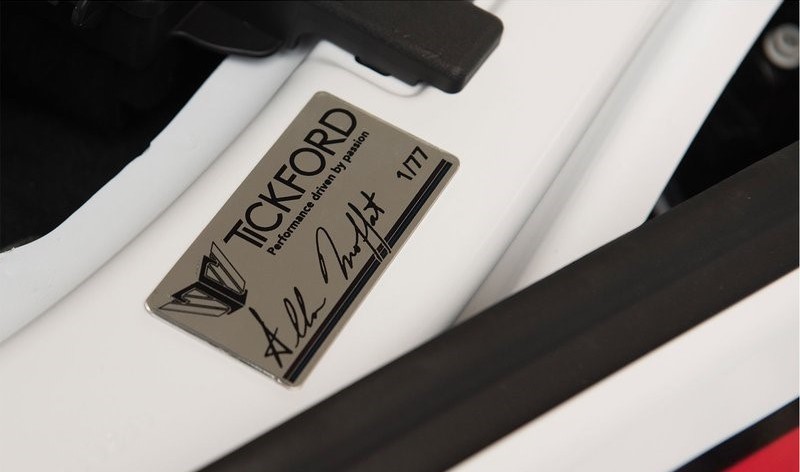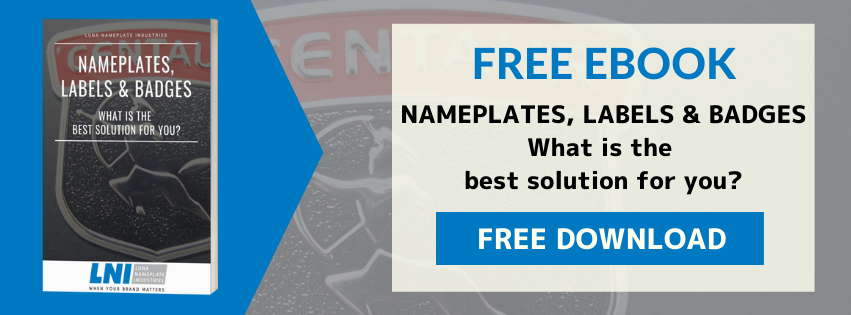
Anodised metal nameplates explained
Read on or watch below a recent Q&A video with Michael Smith, National Sales Manager at LNI, where he explains all about the anodising metal nameplate process.
What is the anodised nameplate made from?
Most of our nameplates are aluminium. They are either printed directly onto the aluminium in certain markets and circumstances, or they are a fully anodised part.
What is anodising a nameplate?
Anodising is an electrochemical process we put aluminium through which adds an oxide layer and gives the aluminium incredible durability - and that's part of the printing or the decorating process that goes into anodising.
The nameplate may come out for printing and then goes back in again to have all the details sealed into the aluminium. Durability is the number one key to anodising.
Creating an anodised nameplate can be difficult and there’s certainly science behind it! There are three main elements that determine the quality of an anodised nameplate:
- the concentration of acid in the bath.
- the time it spends in the bath.
- the temperature of the bath.
The shorter time you have the nameplate in the bath the lower quality nameplate you will get - we need to meet those sorts of criteria and all around that is years and years of experience. It's not something you can learn quickly. LNI has been anodising for 50 years. It is as much art as it is science, we know exactly what's required and we have highly experienced technicians.
When are anodised nameplates used?
Anodised nameplates are mainly used by industries and markets that require data or information or their branding or their contact details on their product to last for more than 10-15 years.
Again, durability is key when people are looking for an anodised nameplate. We've had anodised nameplates in the market for well over 10 years 15 years plus, and they still look as good today as when they were made. Industries include:
- heavy industry
- semi-trailers
- caravans
- medical equipment where serialising may be required on the back.
There are many different applications, though it all comes back to longevity and durability.
What is the difference between a poor anodised nameplate and a well-anodised nameplate?
There's a lot of difference, and we are increasingly seeing it in the market. As mentioned before, the time the plate is in the process will determine whether it is a good or a poor nameplate.
Unfortunately, some companies buy pre-anodised sheets and just print directly on top of them and then sell them to their customer base as anodised nameplates. That example is certainly not a quality anodised nameplate as the detail on the top is not being anodised into the aluminium and it scratches very easily, and in some cases can even be rubbed off with methylated spirits.
So yes, there's a real difference out there and it's something that you need to pay attention to if you want your nameplates to last.
Why choose LNI?
What distinguishes us from many other providers is that every step, from anodising to printing, forming, and embossing, is completed in-house here in Victoria. We do not purchase any ready-made or pre-anodised materials; everything is produced here at LNI.
Contact us today
Talk with the specialists at Luna Nameplate Industries to receive design and application solutions for your anodised metal nameplate.
.svg)






